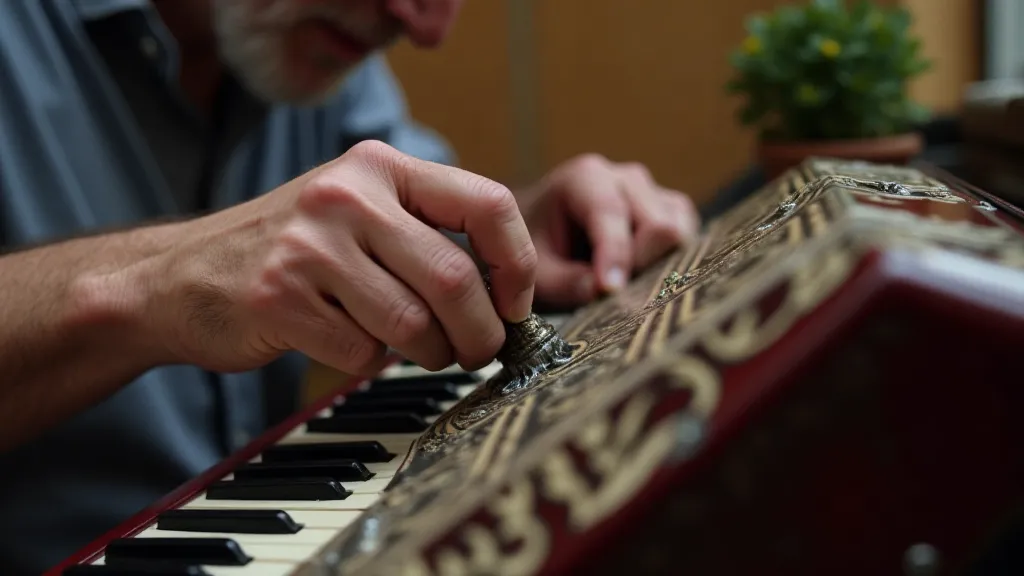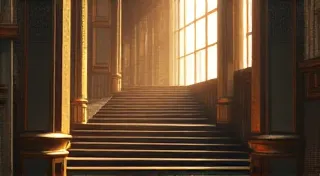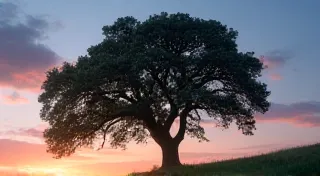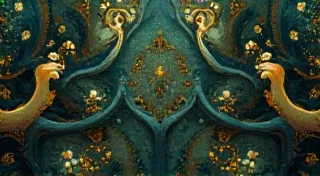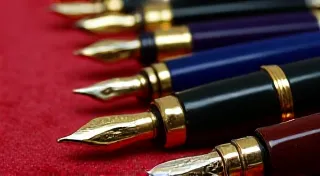The Cartographer's Quill: Mapping Narrative Flow Through Chalkboard Design
There's a peculiar comfort in the scent of old wood and aged paper. It's a smell that whispers of history, of hands long gone carefully crafting something beautiful. It’s a scent that reminds me of my grandfather’s antique accordion, a hulking, bellows-driven machine that seemed to breathe with a life of its own. He’d spend hours meticulously cleaning it, adjusting its keys, coaxing mournful melodies from its intricate mechanism. Watching him, I understood that creation wasn's just about the final product; it was about the journey, the precision, the care imbued within every component.
That same philosophy, that same respect for process and detail, resonates deeply with chalkboard art. It’s so much more than simply writing on a dark surface with white chalk. It's a form of visual storytelling, a deliberate arrangement of words and images to guide the viewer through a carefully constructed narrative. Just as my grandfather understood the anatomy of his accordion, a skilled chalkboard artist understands the flow of the eye and the power of visual hierarchy.
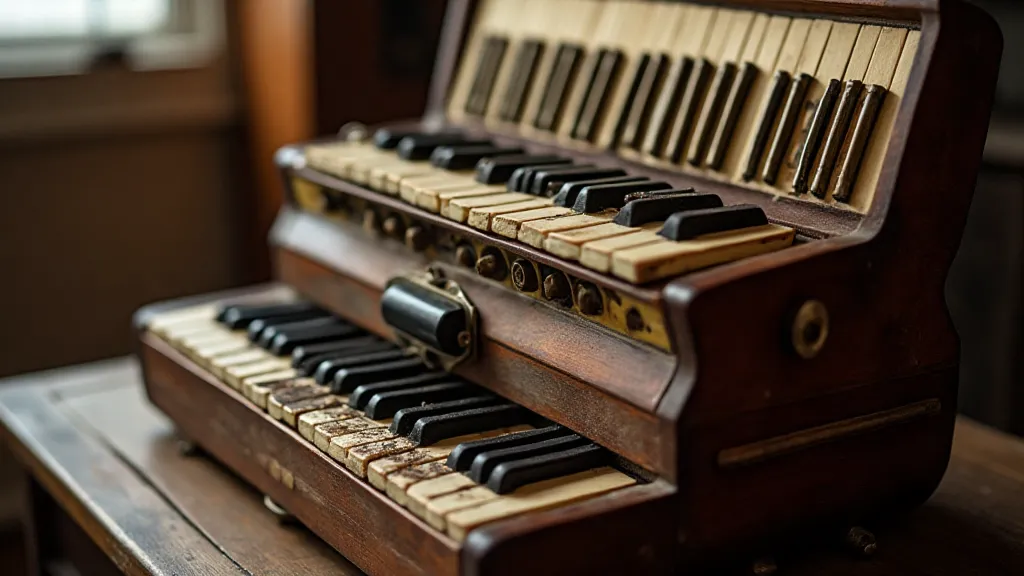
The Historical Tapestry of Chalkboard Expression
The use of chalkboards isn't a recent phenomenon. They’re woven into the fabric of our collective history. From schoolhouses and lecture halls to traveling salesmen advertising their wares, the chalkboard has been a ubiquitous tool for communication and education. The tactile nature of chalk, the ephemeral quality of the medium – it invited interaction, fostered creativity, and provided a platform for spontaneous expression. Consider the old-timey general stores, their sidewalks a canvas for playful announcements and tempting offers, all rendered in chalk. It wasn't just about information; it was about creating a welcoming and engaging atmosphere.
The rise of the chalkboard sign as a decorative art form, however, is a more recent development. In the late 1990s and early 2000s, a wave of nostalgia swept through design. People yearned for authenticity, for a return to handcrafted goods and personalized experiences. The chalkboard sign, with its rustic charm and potential for unique expression, perfectly embodied this sentiment. Suddenly, chalkboard signs weren't just functional tools; they were works of art, gracing cafes, restaurants, and boutiques across the country.
Beyond Aesthetics: Guiding the Viewer's Eye
The true artistry of chalkboard design lies in its ability to manipulate narrative flow. It’s about understanding how the human eye naturally scans a visual field. We tend to move from larger elements to smaller ones, from high to low, from left to right (in most cultures). A skilled artist leverages these tendencies to create a clear and compelling visual journey.
Think about a quote. Simply writing a quote in a uniform font and size might be readable, but it won't be engaging. Consider these techniques:
- Hierarchy through Size: The most important words—often the core message—should be the largest.
- Visual Weight: Use thicker lines for words you want to emphasize, or use heavier, more textured chalk to create visual weight.
- Layout and Spacing: Strategic use of negative space can draw the eye to specific phrases and create a sense of rhythm. A quote divided into stanzas, for example, naturally encourages a pause and reflection.
- Illustrative Elements: Subtle illustrations—a simple leaf, a scattering of stars, a stylized bird—can punctuate the text and reinforce the quote’s theme.
This isn't just about pretty lettering, it’s about crafting a sequence of visual cues that lead the viewer precisely where you want them to go. It's akin to a cartographer meticulously charting a map, ensuring the traveler knows the route and understands the landscape.
The Craft of Chalk Lettering: Techniques & Inspiration
While digital fonts offer precision and consistency, chalk lettering demands a different skillset. It's about embracing the imperfections, the subtle variations in pressure, the charmingly uneven edges. It’s about allowing the medium to guide the hand, rather than dictating its every move. There's a certain beauty in those imperfections, a testament to the human touch.
Basic Techniques to Explore:
- Shadowing: Use varying pressure to create depth and dimension.
- Layering: Build up layers of chalk to create richer tones and textures.
- Blending: Use a cloth or your finger to blend colors and soften edges.
- "Bounce" Lettering: This playful style involves varying the baseline of letters to create a more whimsical feel.
Finding Inspiration: Draw inspiration from vintage posters, antique signage, calligraphy, and even the natural world. Look at how plants grow—the way vines curl, the way leaves unfurl. These organic forms can inform the flow and rhythm of your lettering.
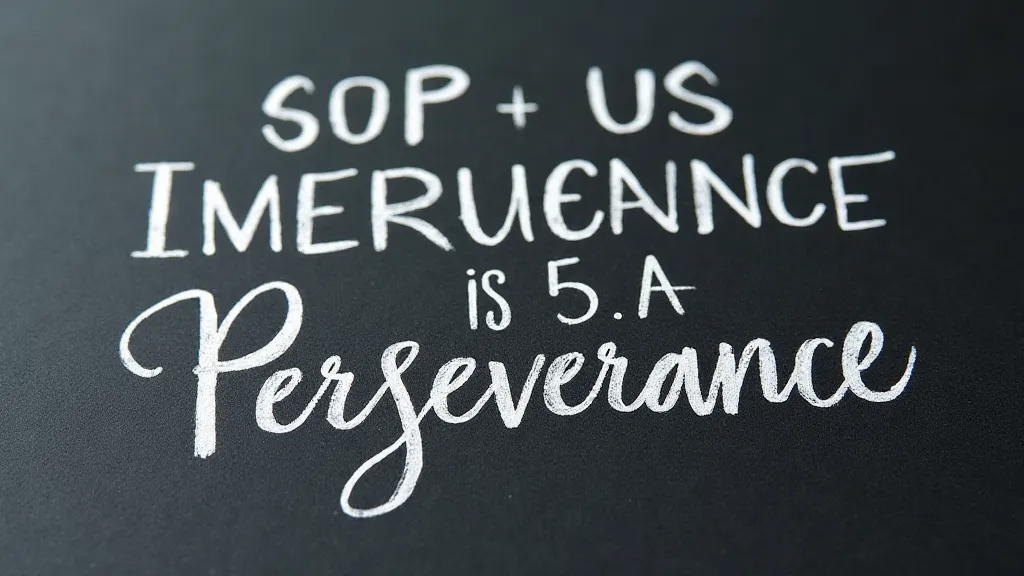
Restoration & Collecting: A Touch of History
Just as my grandfather cherished his accordion, restoring or collecting antique chalkboards can be a rewarding pursuit. Many old chalkboards have succumbed to years of use and neglect, but with a bit of care, they can be brought back to life. Cleaning a chalkboard properly—avoiding harsh chemicals that can damage the surface—is the first crucial step.
For Collectors: Look for boards with unique designs, interesting historical significance, or a particularly beautiful frame. Original artwork, even if faded, holds a special value. Consider the stories these boards could tell – what messages were shared, what events did they witness?
A Note on Surface Care: Many antique chalkboards were finished with a special coating that helps prevent chalk dust from scattering. Identifying and replicating this finish—often a mixture of beeswax and oil—can extend the lifespan of the board and preserve its beauty.
The Enduring Appeal of the Impermanent
Ultimately, the magic of chalkboard art lies in its impermanence. It's a medium that embraces change, that encourages experimentation, that understands that even the most beautiful creations eventually fade. It’s a gentle reminder to appreciate the present moment, to cherish the fleeting beauty of life. Just as a single song from my grandfather’s accordion could evoke a lifetime of memories, a simple chalkboard design can communicate a powerful message that resonates long after the chalk has been erased.
